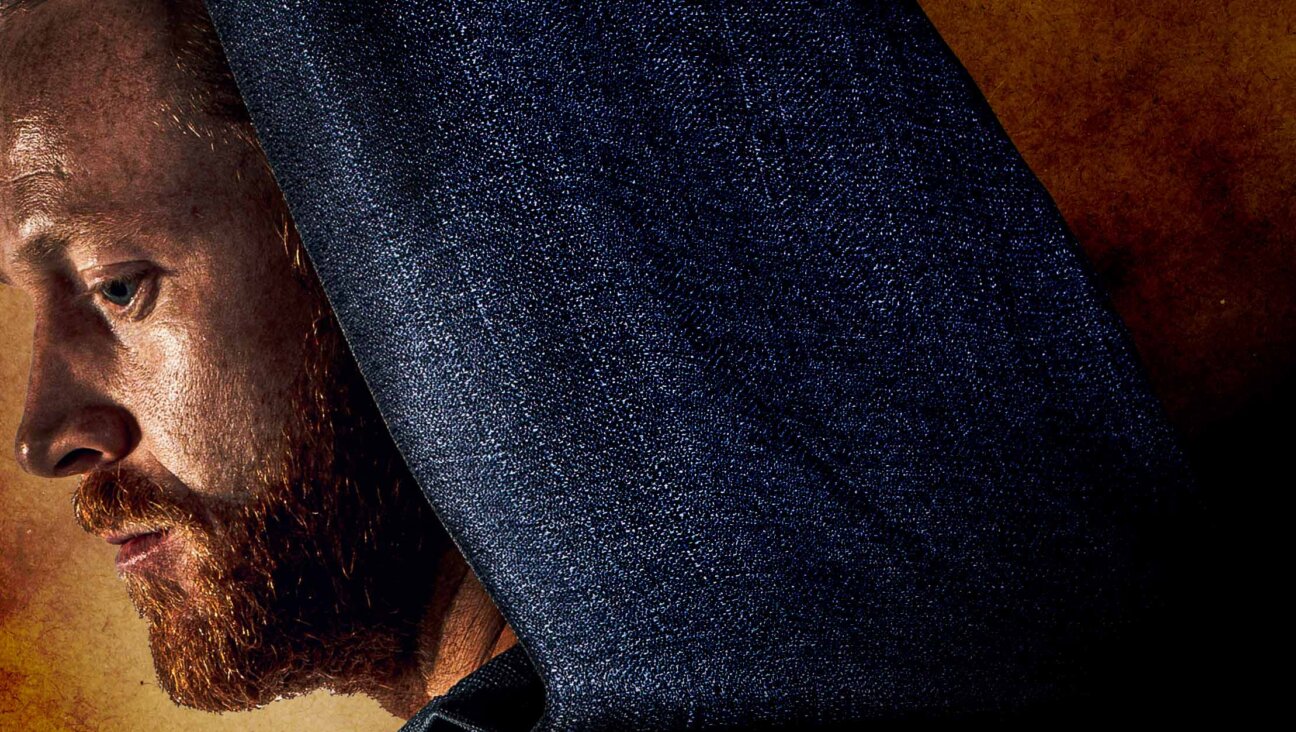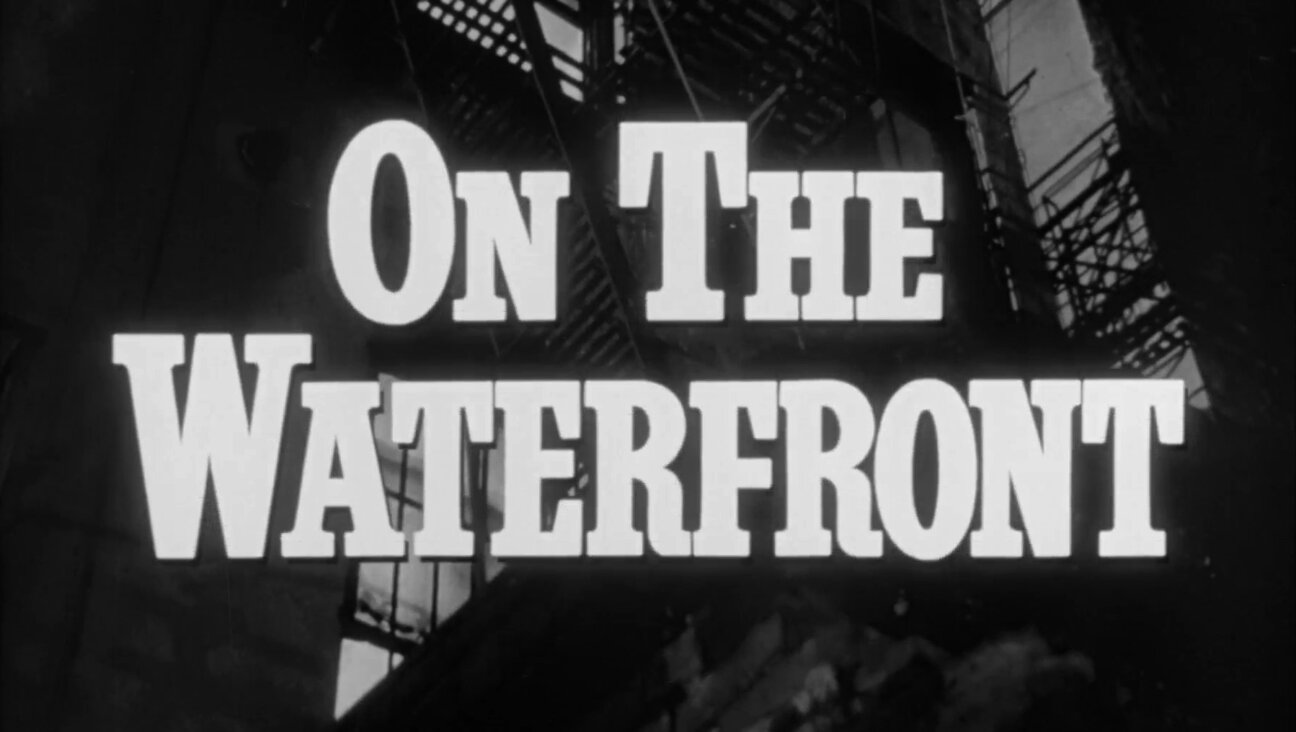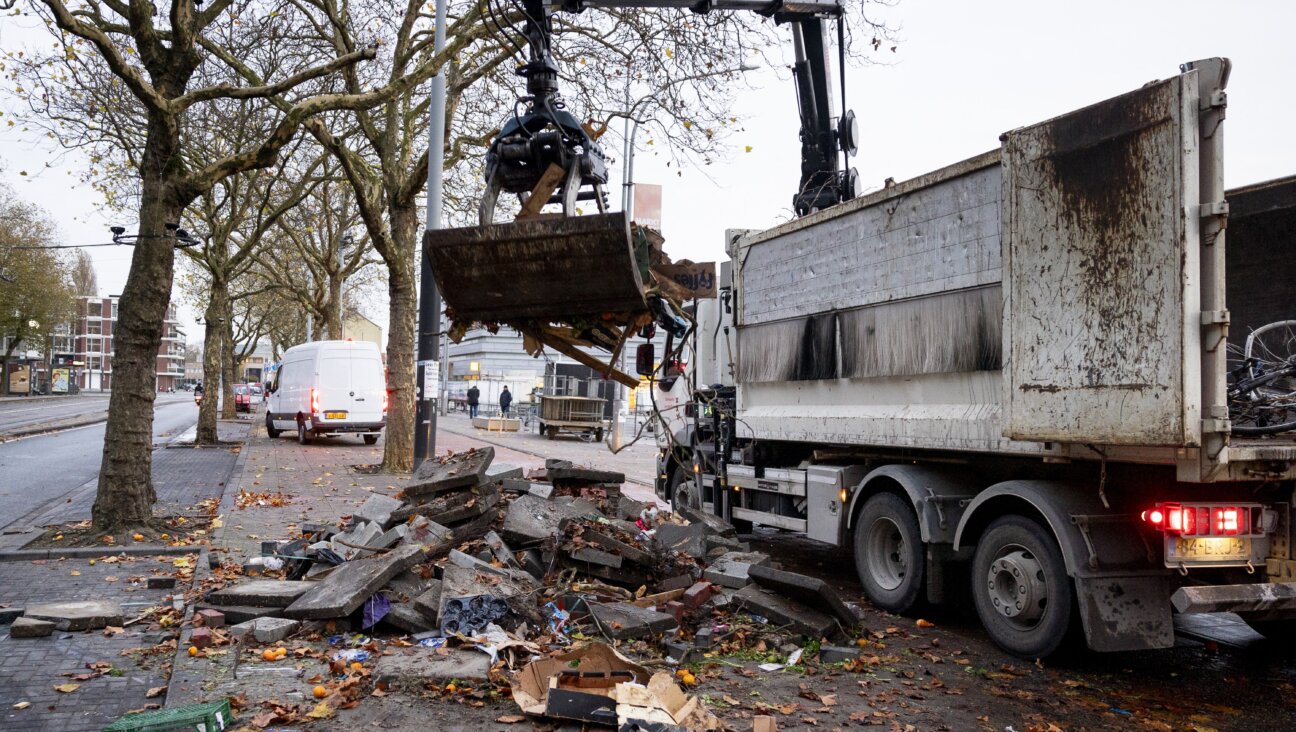Humbly Going About His Work
Jules Olitski, the subject of an exhibit opening May 10 at the Luther W. Brady Art Gallery at the George Washington University, has been compared to nearly every artist in the canon — Rembrandt, Frederic Edwin Church, Picasso, Hans Hoffman, El Greco — as well as deemed the newest painting god to emerge from the stratosphere ex nihilo. It’s an ironic brouhaha, mostly because the object of the parades and confetti is himself anti-art.
“I ask the Almighty for help. That frees me,” Olitski once wrote. “Look at what He is able to do with a handful of dust and a rib, and here I am with all this paint and a brush and my life in my hands, and all I need is to make a good work of art; I get back to work.”
Olitski is a player the crowds can respect. He rarely drops a fly ball, and he comes through in clutch situations. He always knows where to stand. Most importantly, he’d rather be impeccable privately, without the spotlight forever shadowing him. But perhaps most surprisingly, he carries his Jewishness on his brush.
“After the Fire” (2004), a monoprint on all rag paper that hangs in the show, is anything but what viewers would expect of a painting thus titled. The piece seems to evoke a painting that is passive, perhaps as quiet and dead as the final work in Thomas Cole’s series “The Course of Empire,” titled “Desolation” (1834). But instead of appearing desolate, Olitski’s notion of a fire past is a painting full of action and the entire spectrum of the palette. The piece is a sea of reds, yellows, blues, greens and dancing whites. It’s my suspicion that the moment Olitski identifies in this painting derives from 1 Kings, Chapter 19. “And after the earthquake a fire; but the Lord was not in the fire: and after the fire [emphasis added] a still small voice. And it was so, when Elijah heard it…. And, behold, there came a voice unto him, and said, What doest thou here, Elijah?” Thus, Olitski’s painting captures the biblical moment of noise (earthquake and fire), with God’s voice — cast as silence itself — embedded within.
This sort of biblical depiction is nothing new for Olitski, whose recent repertoire includes such titles as “Light and Darkness,” “Susy and the Elders,” “Play of Daniel,” “Dance of David” and “Belshazzar’s Feast.” Many of his other titles are far more inventive. Where many painters complete their pieces and then play pin the tail on the donkey with their titles as afterthoughts, Olitski uses language much like he uses paint: playfully and absurdly, but always intentionally. In the GWU show catalog, critic Andrew Hudson cites the “ravishing titles” of the exhibit — like “The Cadmium Orange of Dr. Frankenstein” — as indicators of Olitski’s love of words. Olitski’s literary knowledge, coupled with what Hudson calls his ability to “recapture a child’s excited involvement, wonder, joy, delight,” that “renews us, makes us more alive,” directly mirrors the silent noise of “After the Fire.”
But Olitski is no more a postmodernist manipulating binaries for purposes of dismantling than he is the aesthetic messiah on his white steed, come to redeem the art of painting. If Olitski needs to be compared to someone, he might be that humblest of men who, having scaled the heights to bring a few powerful truths to those lingering at the foot of the mountain, nevertheless continues to do his work, all the while knowing he will never find his way into the utopian Canaan, without which he knows he can never be satisfied.
Menachem Wecker is a painter and writer on Jewish arts who resides in Washington, D.C.
A message from our CEO & publisher Rachel Fishman Feddersen

I hope you appreciated this article. Before you go, I’d like to ask you to please support the Forward’s award-winning, nonprofit journalism during this critical time.
At a time when other newsrooms are closing or cutting back, the Forward has removed its paywall and invested additional resources to report on the ground from Israel and around the U.S. on the impact of the war, rising antisemitism and polarized discourse.
Readers like you make it all possible. Support our work by becoming a Forward Member and connect with our journalism and your community.
— Rachel Fishman Feddersen, Publisher and CEO






















